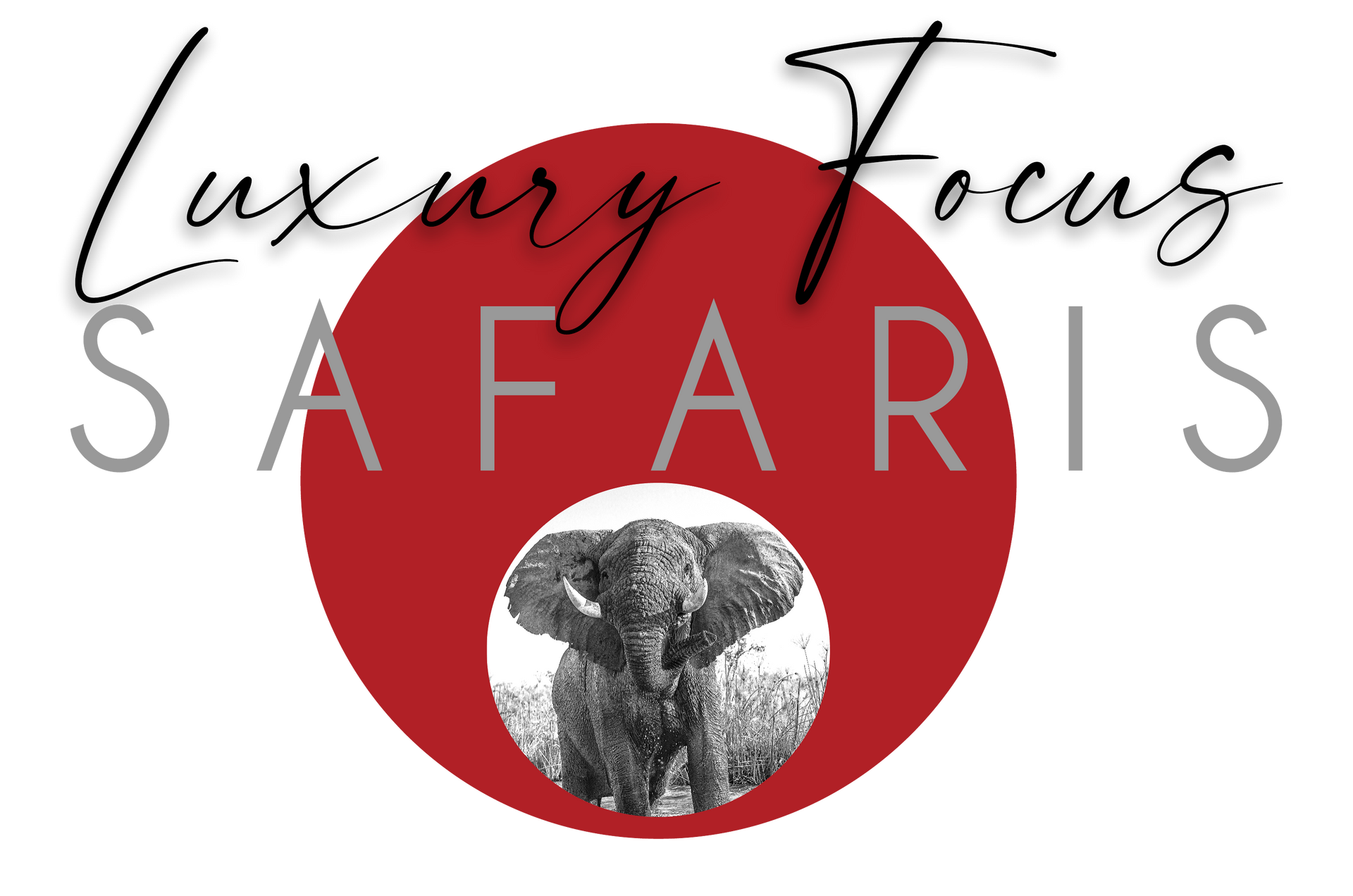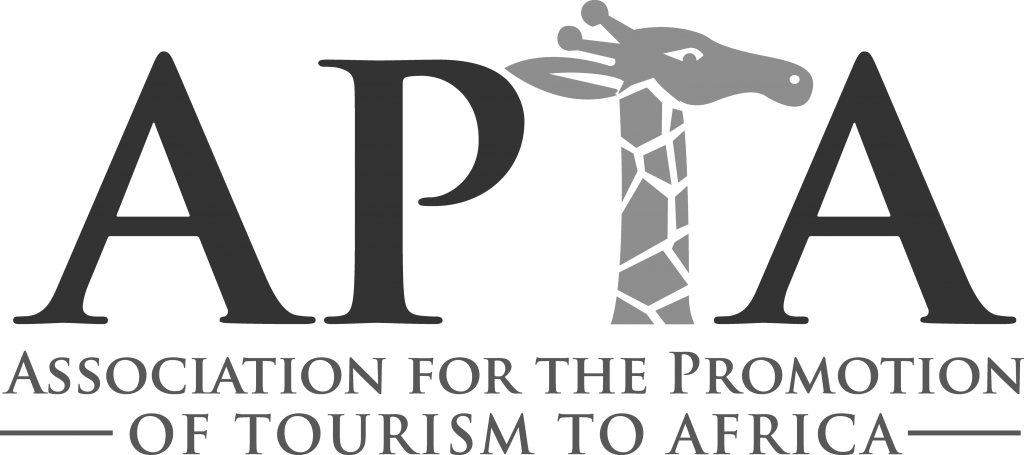Zimbabwe
Zimbabwe
Zimbabwe
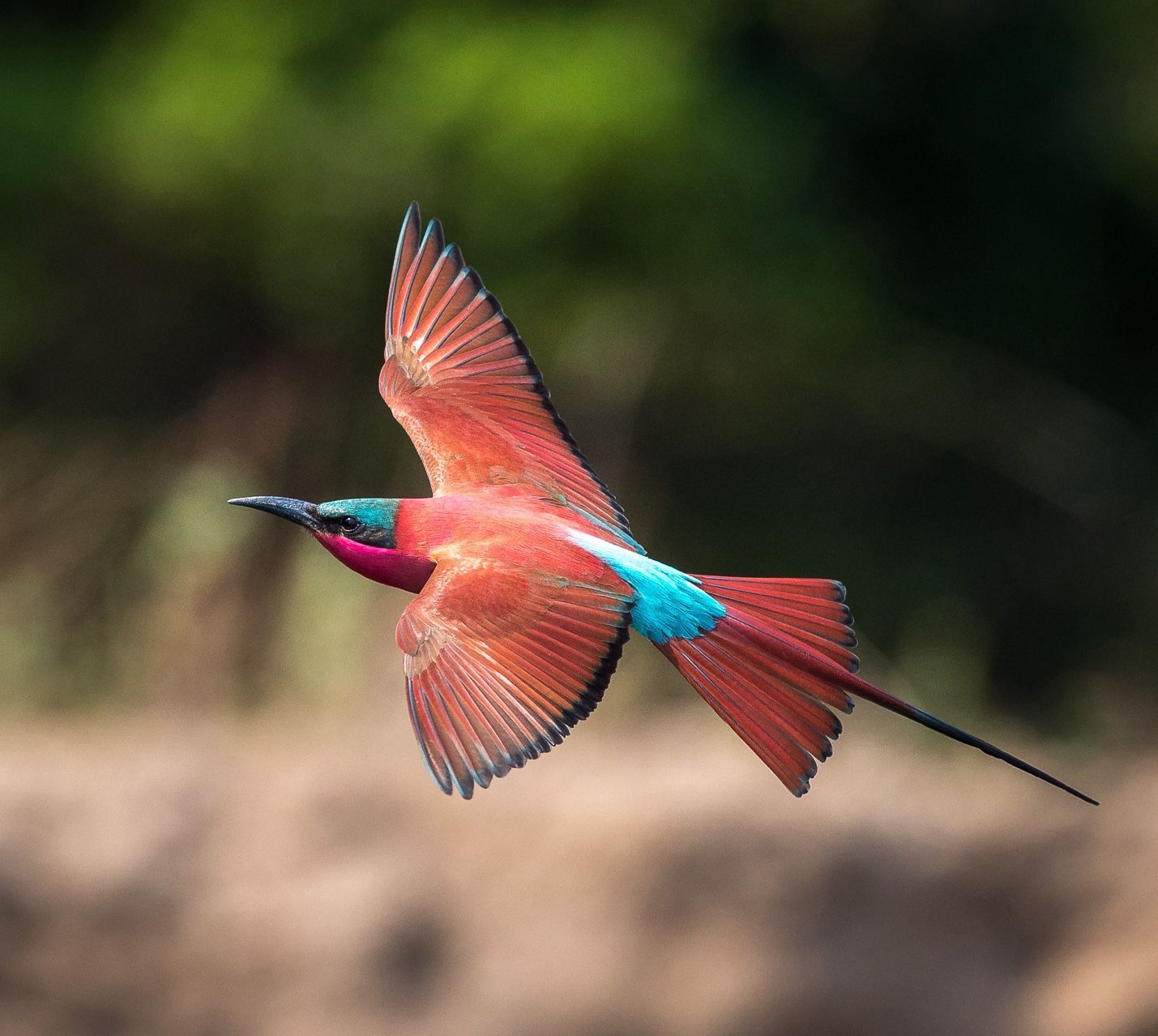
Slide title
Write your caption hereButton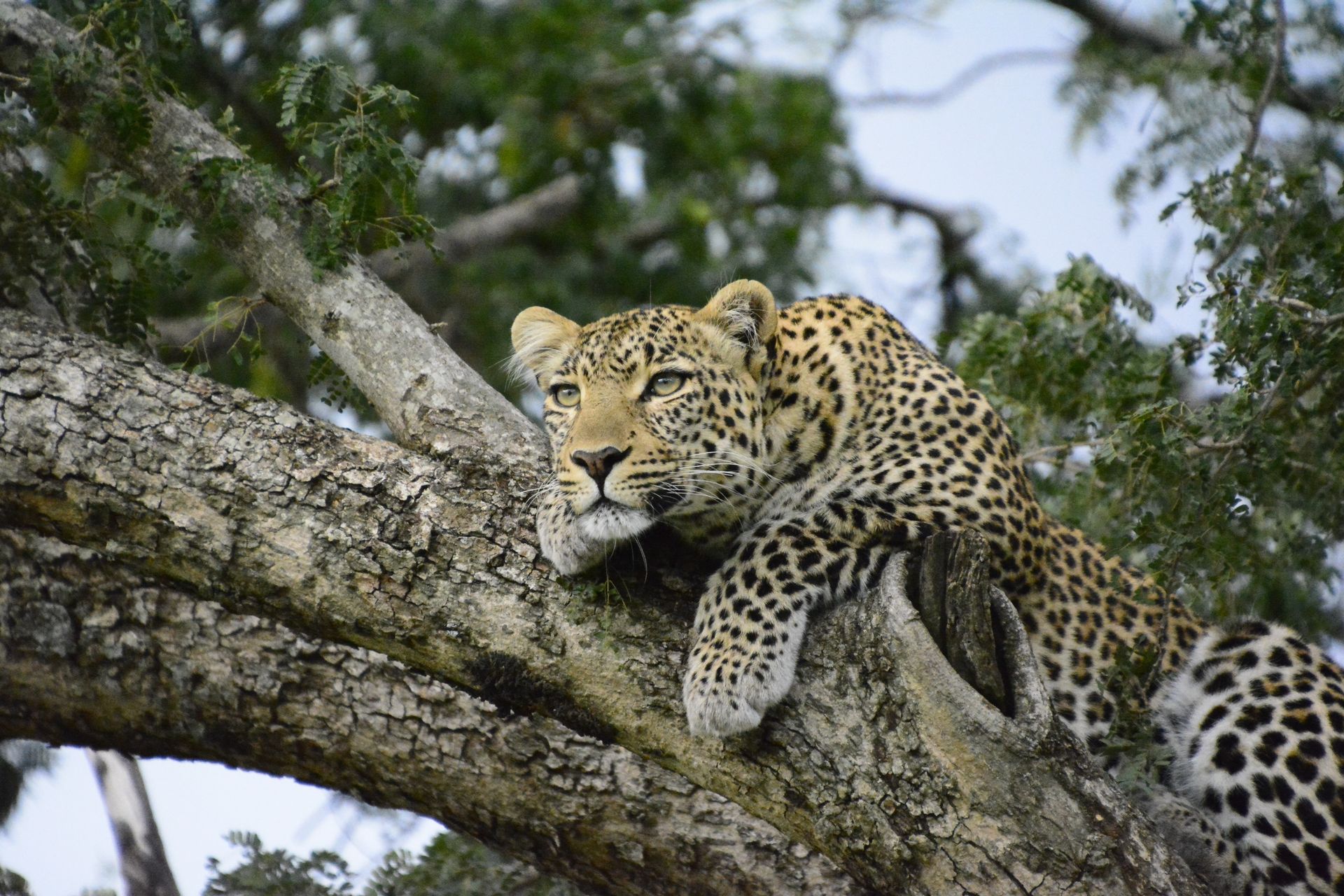
Slide title
Write your caption hereButton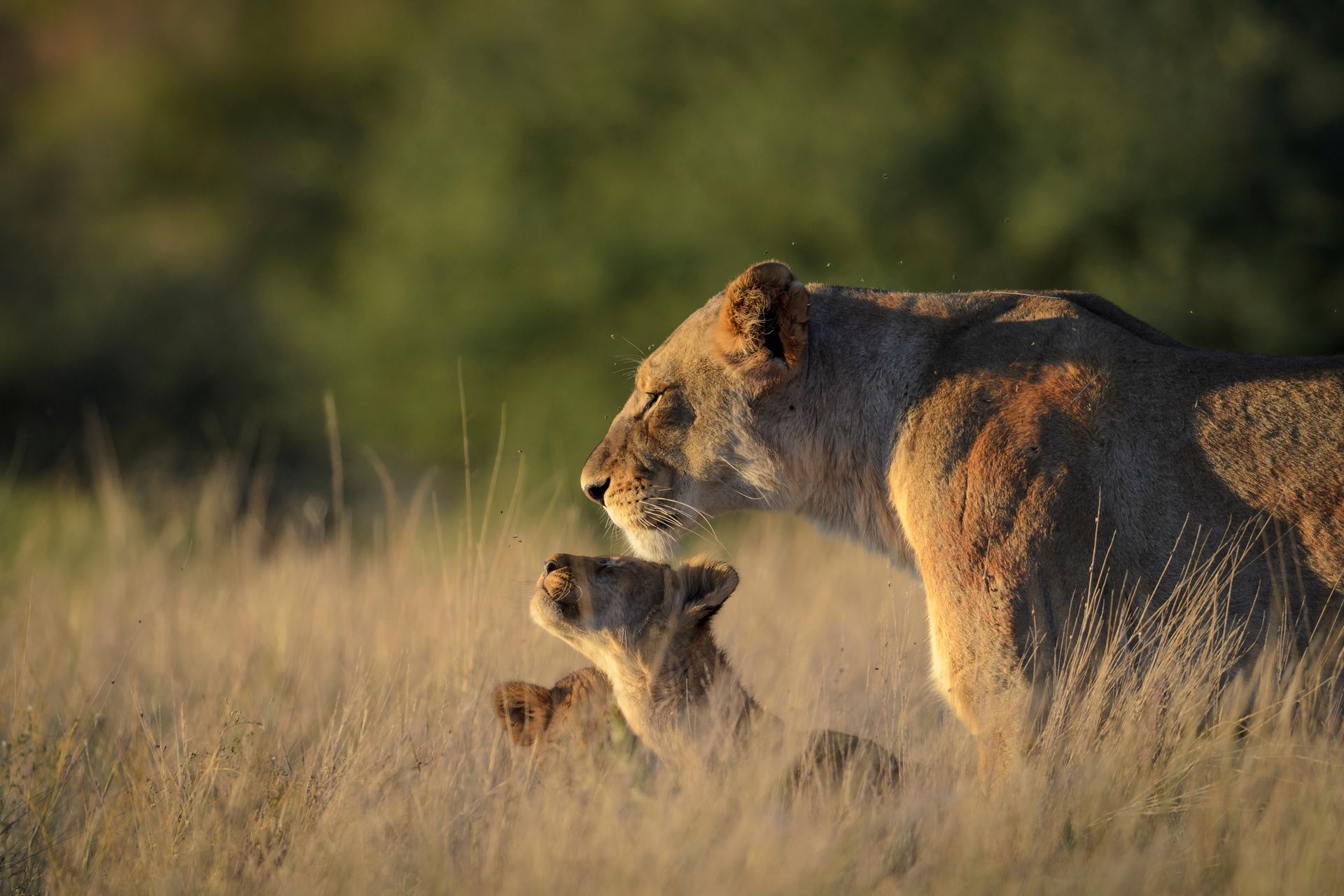
Slide title
Write your caption hereButton
Place of
WONDERS
From the wild beauty of Hwange National Park to the majesty of the Victoria Falls, Zimbabwe is a land of incredible landscapes, warm welcoming people and exceptional safari experiences.
Zimbabwe is the beating heart of Southern Africa, wedged between two rivers that form natural borders - the Limpopo in the south and the Zambezi in the north. Its beautiful Eastern Highlands with its rugged mountains and lush forests give way to an expansive inland plateau filled with iconic granite outcrops and vast savannahs.
The country's history dates back thousands of years to the ancient iron-age civilization that built the stone fortress of Great Zimbabwe - a thriving trade center that existed hundreds of years before the first Europeans arrived on the African sub-continent. San cave paintings date back even further, showing that Zimbabwe was a land filled with wonders before modern history began.
In the far north, Mana Pools National Park is recognized as a UNESCO World Heritage Site and is famed for its elephants, buffalo and painted wolves (African wild dogs), as well as sensational views out over the Zambezi River. Matusadona National Park on Lake Kariba was witness to the largest relocation of wildlife yet undertaken with the construction of the Kariba Dam - the largest man-made body of water in the world.
Let's look at some of the absolute "must visit" destinations in this wonderful country...

Slide title
Write your caption hereButton
Slide title
Write your caption hereButton
Slide title
Write your caption hereButton
Place of
WONDERS
From the wild beauty of Hwange National Park to the majesty of the Victoria Falls, Zimbabwe is a land of incredible landscapes, warm welcoming people and exceptional safari experiences.
Zimbabwe is the beating heart of Southern Africa, wedged between two rivers that form natural borders - the Limpopo in the south and the Zambezi in the north. Its beautiful Eastern Highlands with its rugged mountains and lush forests give way to an expansive inland plateau filled with iconic granite outcrops and vast savannahs.
The country's history dates back thousands of years to the ancient iron-age civilization that built the stone fortress of Great Zimbabwe - a thriving trade center that existed hundreds of years before the first Europeans arrived on the African sub-continent. San cave paintings date back even further, showing that Zimbabwe was a land filled with wonders before modern history began.
In the far north, Mana Pools National Park is recognized as a UNESCO World Heritage Site and is famed for its elephants, buffalo and painted wolves (African wild dogs), as well as sensational views out over the Zambezi River. Matusadona National Park on Lake Kariba was witness to the largest relocation of wildlife yet undertaken with the construction of the Kariba Dam - the largest man-made body of water in the world.
Let's look at some of the absolute "must visit" destinations in this wonderful country...
ZIMBABWE'S HOTSPOTS
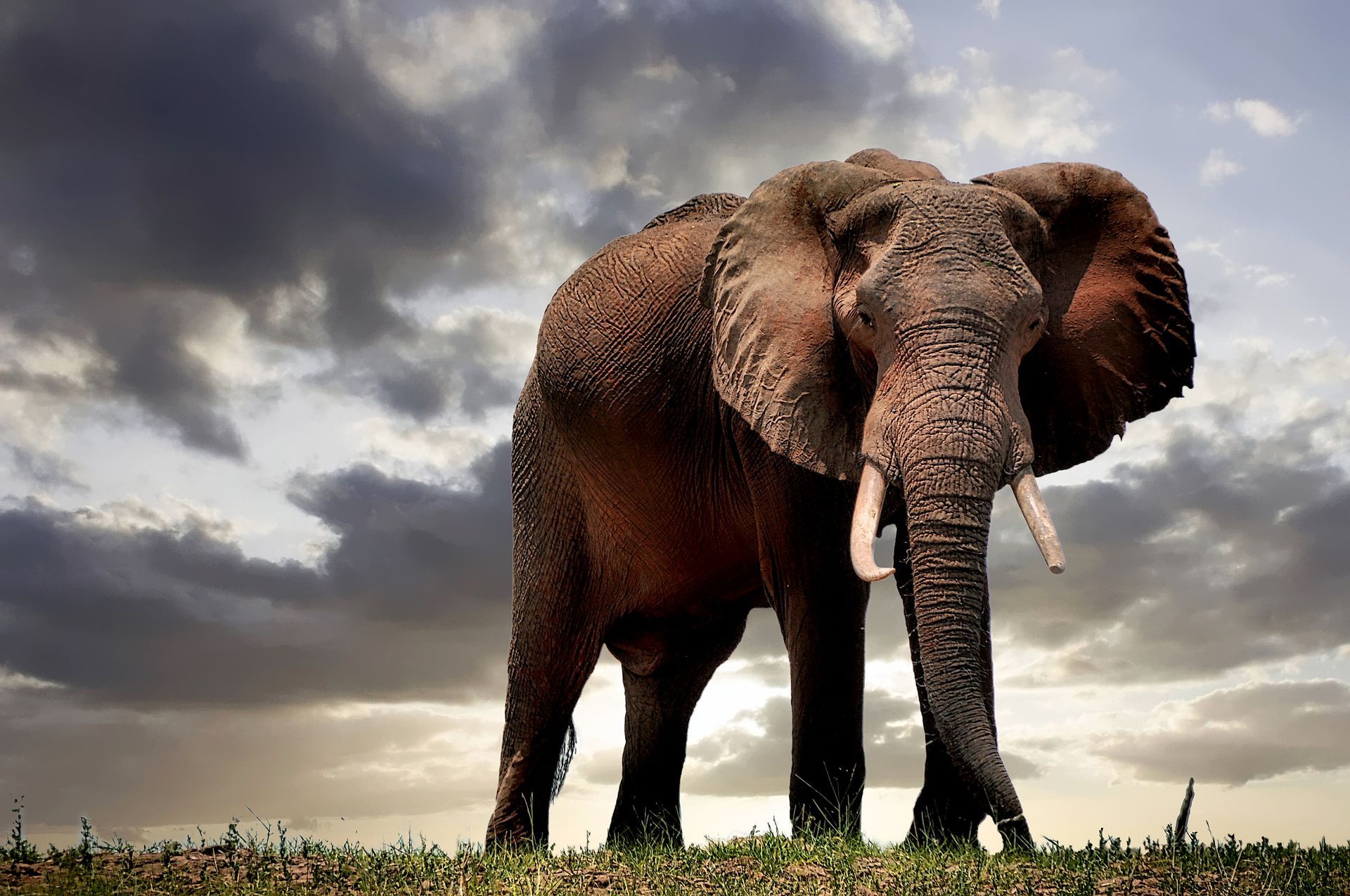
Hwange National Park
Zimbabwe's largest national park and its conservation flagship, Hwange is both breathtakingly beautiful and vast, being a two hours' drive south of the Victoria Falls where it stretches down the country's western border with neighboring Botswana.
It's 5791 square miles of pristine wilderness and is a place of giants, from ancient towering baobab trees that are hundreds, if not thousands of years old to its 40,000-strong population of elephants. More than 100 species of mammals have been recorded in the park as well as some 400 species of birds. Hwange is also known for its sable and roan antelope and its buffalo.
Hwange's history is as fascinating as its wildlife - the San bushmen occupied the Hwange area for hundreds of years thanks to its location at the edge of the Kalahari Desert. They were pushed out by the arrival of the Nhanzwa tribe who were themselves displaced in the early 1800s by the Ndebele warrior king Mzilikazi, who used it as his royal hunting ground. It was set aside as a reserve in 1928 and proclaimed a national park in 1950, being named for Nhanzwa chief Hwange Rosumbani.
Today Hwange is one of the most game-rich national parks in Southern Africa and the perfect place to begin a Zimbabwean safari.
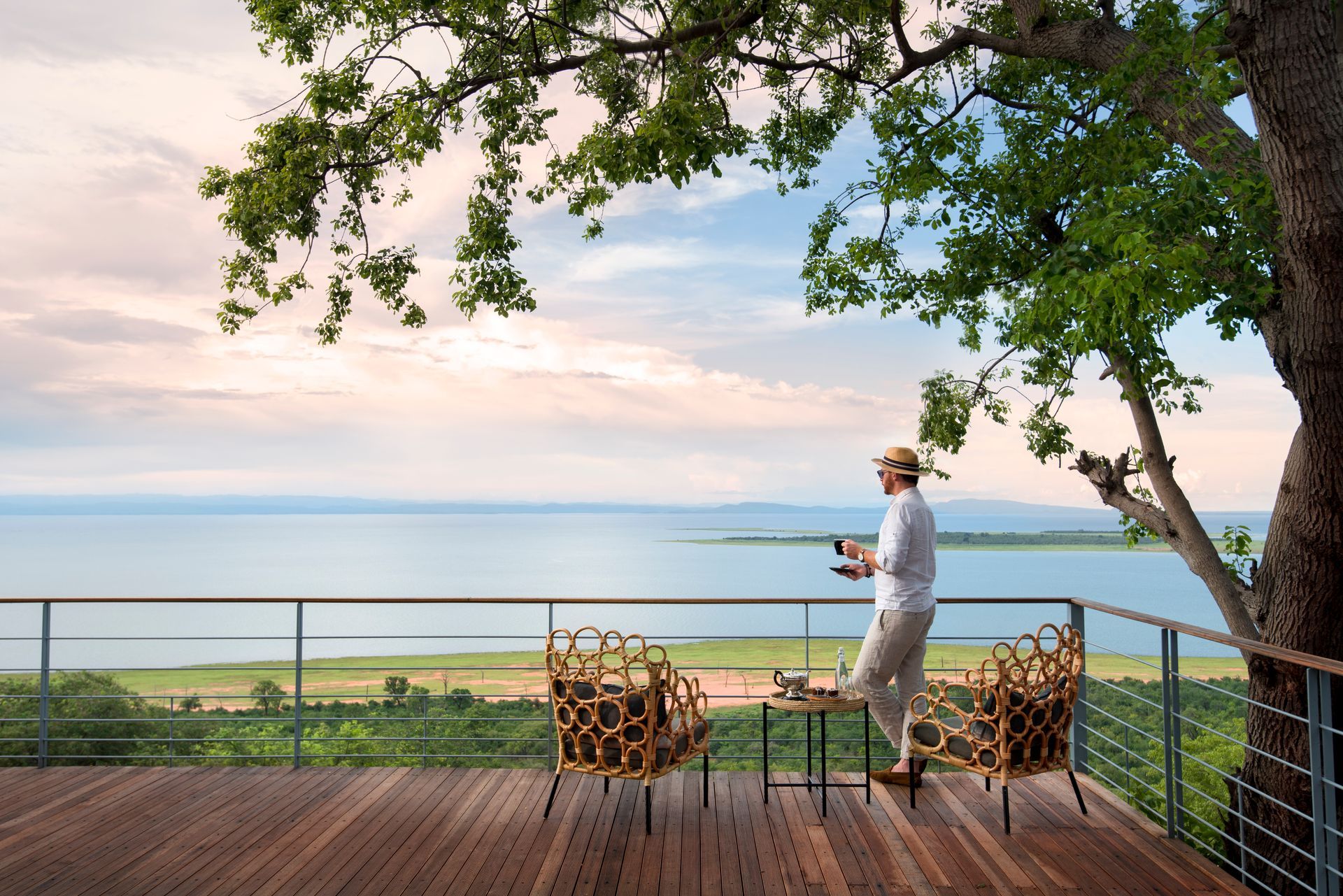
Lake Kariba
When the Zambezi River was dammed at Kariba Gorge in the late 1950s, it formed the world's largest man-made body of water - Lake Kariba - and sparked the largest relocation of wildlife yet attempted - Operation Noah. This saw thousands of animals captured and relocated over a six year period from 1958 to 1964, saving them from the floodwaters that formed the lake.
Today, Lake Kariba is a glittering example of conservation success, stretching 139 miles long and up to 25 miles wide. On its southern shores lies Matusadona National Park - famed for its elephants and lions - and its waters are filled with a variety of fish, making Kariba a haven for birdlife from the magnificent fish eagle to a variety of waders.
The lake offers the opportunity to explore by boat, travelling along the shores and to the various islands, spotting wildlife and birding as you go. Fishing is also popular, especially for the resident tiger fish! Its incredible natural beauty and stunning scenery make Lake Kariba a wonderful addition to any Zimbabwean safari itinerary.
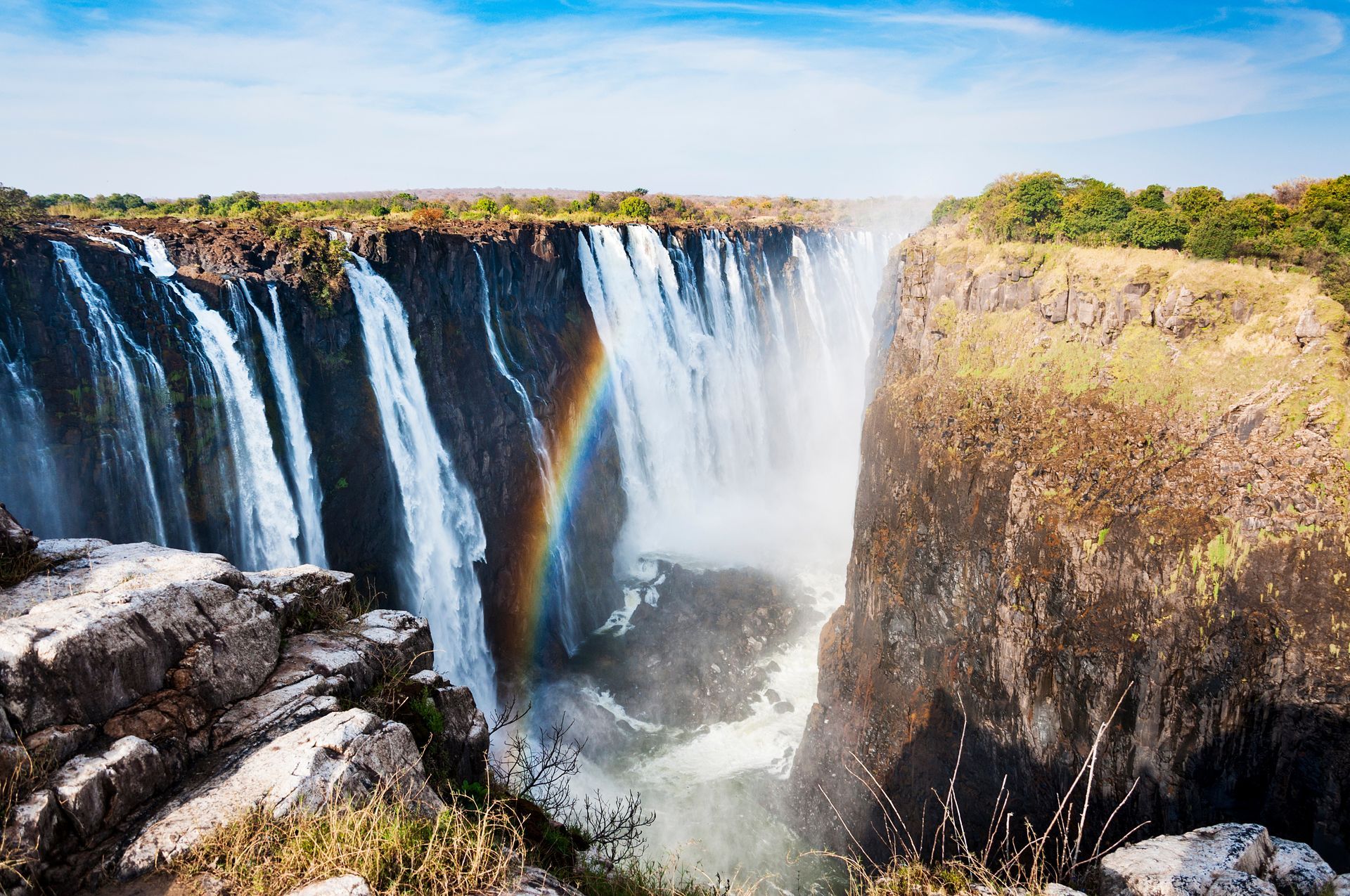
Victoria Falls
Welcome to one of the wonders of the natural world, where the Zambezi plunges more than 330 feet into a broiling cauldron of water at the bottom of the spectacular Batoka Gorge. This is the Mosi oa Tunya - the "Smoke that Thunders" - otherwise known as the Victoria Falls.
Victoria Falls is also the name of the lively, action-packed town that has grown up around the falls on the Zimbabwean side of the border with neighboring Livingstone in Zambia, creating one of the most exciting dual-country destinations in the world!
Obviously, the falls take center stage. View them on foot, walking through the dramatic rainforest that's strung out along their opposite bank and witness the incredible power of more than 353,147 cubic feet of water each second falling into the gorge below. It's the world's largest sheet of falling water and simply magnificent to behold. Alternatively, take to the air and view the falls in a helicopter or microlight!
There's so much to do in Victoria Falls away from the falls themselves, from wonderful restaurants to a range of exciting activities, including bungee jumping, white water rafting and game drives in the Zambezi National Park.
So don't forget to add this amazing destination to your Southern African safari itinerary.

Mana Pools National Park
In the north of Zimbabwe lies one of its most treasured conservation areas - Mana Pools National Park - a UNESCO World Heritage Site and a celebrated safari destination in its own right.
Situated opposite neighboring Zambia's Lower Zambezi National Park, Mana Pools enjoys incredible views across the Zambezi to the mountains beyond and unrivalled access to this legendary river. Featuring wide floodplains filled with tall acacia trees, open areas of savannah grassland and rich, riverine forests, this is the home of celebrated elephants who have learned to stand on their hind legs to reach winterthorn branches.
Mana is also home to packs of painted wolves (African wild dogs) that are being extensively researched and have been habituated to the presence of humans, offering visitors the chance to track them on foot and enjoy close encounters with these wonderful predators.
Out on the river a variety of activities are offered, from kayaking to gentle cruises along the banks, inlets and islands in the main stream. The river is very wide here thanks to the Kariba Dam upstream, and the Cahora Bassa dam downstream in neighboring Mozambique. It's excellent for fishing and exploring. Or just relaxing on its banks with a sundowner or two!
ZIMBABWE'S HOTSPOTS
Hwange National Park
Zimbabwe's largest national park and its conservation flagship, Hwange is both breathtakingly beautiful and vast, being a two hours' drive south of the Victoria Falls where it stretches down the country's western border with neighboring Botswana.
It's 5791 square miles of pristine wilderness and is a place of giants, from ancient towering baobab trees that are hundreds, if not thousands of years old to its 40,000-strong population of elephants. More than 100 species of mammals have been recorded in the park as well as some 400 species of birds. Hwange is also known for its sable and roan antelope and its buffalo.
Hwange's history is as fascinating as its wildlife - the San bushmen occupied the Hwange area for hundreds of years thanks to its location at the edge of the Kalahari Desert. They were pushed out by the arrival of the Nhanzwa tribe who were themselves displaced in the early 1800s by the Ndebele warrior king Mzilikazi, who used it as his royal hunting ground. It was set aside as a reserve in 1928 and proclaimed a national park in 1950, being named for Nhanzwa chief Hwange Rosumbani.
Today Hwange is one of the most game-rich national parks in Southern Africa and the perfect place to begin a Zimbabwean safari.
Lake Kariba
When the Zambezi River was dammed at Kariba Gorge in the late 1950s, it formed the world's largest man-made body of water - Lake Kariba - and sparked the largest relocation of wildlife yet attempted - Operation Noah. This saw thousands of animals captured and relocated over a six year period from 1958 to 1964, saving them from the floodwaters that formed the lake.
Today, Lake Kariba is a glittering example of conservation success, stretching 139 miles long and up to 25 miles wide. On its southern shores lies Matusadona National Park - famed for its elephants and lions - and its waters are filled with a variety of fish, making Kariba a haven for birdlife from the magnificent fish eagle to a variety of waders.
The lake offers the opportunity to explore by boat, travelling along the shores and to the various islands, spotting wildlife and birding as you go. Fishing is also popular, especially for the resident tiger fish! Its incredible natural beauty and stunning scenery make Lake Kariba a wonderful addition to any Zimbabwean safari itinerary.
Victoria Falls
Welcome to one of the wonders of the natural world, where the Zambezi plunges more than 330 feet into a broiling cauldron of water at the bottom of the spectacular Batoka Gorge. This is the Mosi oa Tunya - the "Smoke that Thunders" - otherwise known as the Victoria Falls.
Victoria Falls is also the name of the lively, action-packed town that has grown up around the falls on the Zimbabwean side of the border with neighboring Livingstone in Zambia, creating one of the most exciting dual-country destinations in the world!
Obviously, the falls take center stage. View them on foot, walking through the dramatic rainforest that's strung out along their opposite bank and witness the incredible power of more than 353,147 cubic feet of water each second falling into the gorge below. It's the world's largest sheet of falling water and simply magnificent to behold. Alternatively, take to the air and view the falls in a helicopter or microlight!
There's so much to do in Victoria Falls away from the falls themselves, from wonderful restaurants to a range of exciting activities, including bungee jumping, white water rafting and game drives in the Zambezi National Park.
So don't forget to add this amazing destination to your Southern African safari itinerary.
Mana Pools National Park
In the north of Zimbabwe lies one of its most treasured conservation areas - Mana Pools National Park - a UNESCO World Heritage Site and a celebrated safari destination in its own right.
Situated opposite neighboring Zambia's Lower Zambezi National Park, Mana Pools enjoys incredible views across the Zambezi to the mountains beyond and unrivalled access to this legendary river. Featuring wide floodplains filled with tall acacia trees, open areas of savannah grassland and rich, riverine forests, this is the home of celebrated elephants who have learned to stand on their hind legs to reach winterthorn branches.
Mana is also home to packs of painted wolves (African wild dogs) that are being extensively researched and have been habituated to the presence of humans, offering visitors the chance to track them on foot and enjoy close encounters with these wonderful predators.
Out on the river a variety of activities are offered, from kayaking to gentle cruises along the banks, inlets and islands in the main stream. The river is very wide here thanks to the Kariba Dam upstream, and the Cahora Bassa dam downstream in neighboring Mozambique. It's excellent for fishing and exploring. Or just relaxing on its banks with a sundowner or two!
SAFARIS IN ZIMBABWE
We recommend that you try and include as many of Zimbabwe's highlights in your safari itinerary and perhaps consider combining them with the best of neighboring Botswana and Zambia - both of which complement Zimbabwe perfectly. To find out more about our Zimbabwe safari offerings and some great itinerary ideas, click here...
SAFARIS IN ZIMBABWE
We recommend that you try and include as many of Zimbabwe's highlights in your safari itinerary and perhaps consider combining them with the best of neighboring Botswana and Zambia - both of which complement Zimbabwe perfectly. To find out more about our Zimbabwe safari offerings and some great itinerary ideas, click here...

